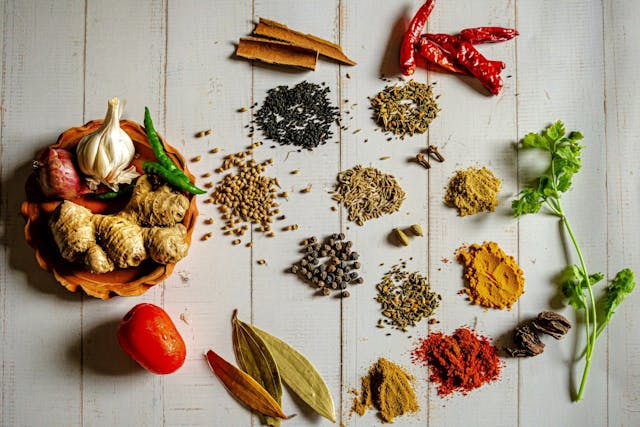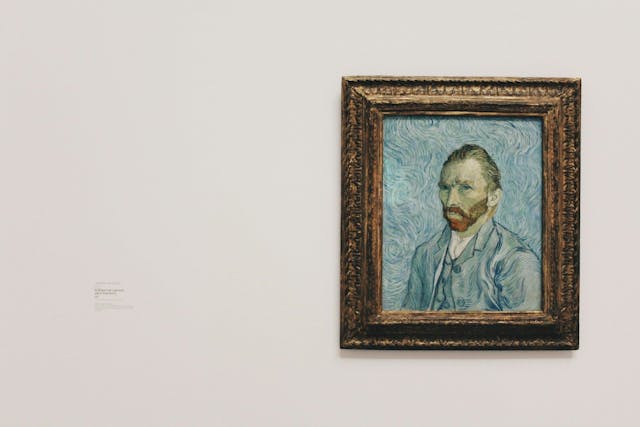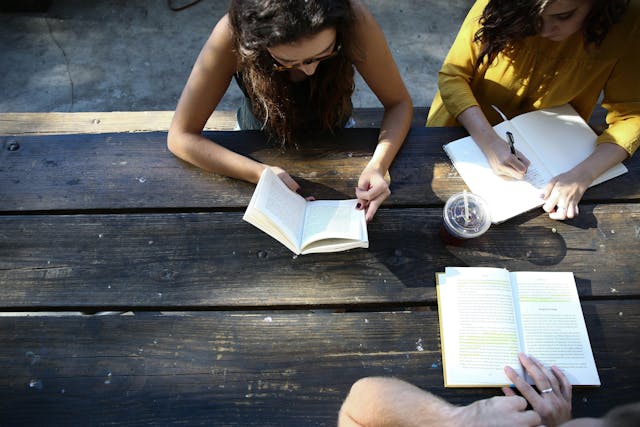Luxembourg will celebrate the coming of the year 4722 with Chinese New Year dragon parade

Photo by Confucius Institute
Chinese New Year, also known as Spring Festival and Lunar New Year, is one of the most significant and widely celebrated holidays in East Asia. It symbolises the beginning of the new year according to the lunar-solar calendar traditional to, for example, China or Vietnam, and usually falls between the end of January and the end of February.
Traditions and symbols
In 2025, the Wood Dragon will be replaced by the Wood Snake. Let's break it down. In the lunar calendar, the symbols of the year are based on a 12-year cycle, where each year corresponds to an animal from the Chinese zodiac and one of the five elements — wood, fire, earth, metal or water. These combinations form the unique traits of each year. For example, the snake is associated with wisdom, intuition and transformation, while the wood element adds energies of growth, creation and flexibility. It is believed that people at this time seek renewal, shedding all unnecessary things like a snake sheds its old skin.
In China, it is customary to decorate homes with red lanterns and tangerine trees with ribbons to attract good luck, to have noisy parades with dragons and lions, and to exchange lucky envelopes with money. Vietnamese Tet emphasises family traditions and cleaning the house to get rid of old energy, it is also a mandatory time for family reunions. In Korea, during Solnal, people make bows to their elders to show respect and prepare national dishes to share with neighbours.
It is believed that before the holiday you should get rid of debts, it is important to avoid conflicts and loud quarrels — bad emotions can affect the whole year. New Year's Eve dinner should be abundant to attract abundance, and on the table should be placed fruits, such as tangerines, symbolising wealth and success.
Chinese New Year in Luxembourg 2025
The festivities will begin before the New Year itself, the weekend before. On Saturday 25 January, Place d'Armes will be packed with colourful booths showcasing traditional Chinese arts and spectacles. Join in and try your hand at Chinese calligraphy, painting and other traditional arts. Don't miss the chance to appreciate traditional Chinese food: dumplings, rice balls and whole baked fish, as the word "fish" in Chinese is consonant with the word "abundance", are all commonly eaten at the festival!
The most important event of the festivities will be the long-awaited dragon parade. To put on a spectacular show, the Confucius Institute at the University of Luxembourg has joined forces with the Parisian Association of French Dragon and Chinese Lion Dance (AFDDLC), which has assembled a talented team of Chinese martial arts specialists. The performance itself will begin at 15:00.

Jauffrey Bareille, Director and Team Leader of the Confucius Institute at the University of Luxembourg
Parade of dragons in Luxembourg
Date and time: Saturday, 25 January 2025, from 13:00 to 15:00.
Venue: Place d'Armes, Luxembourg City Centre





